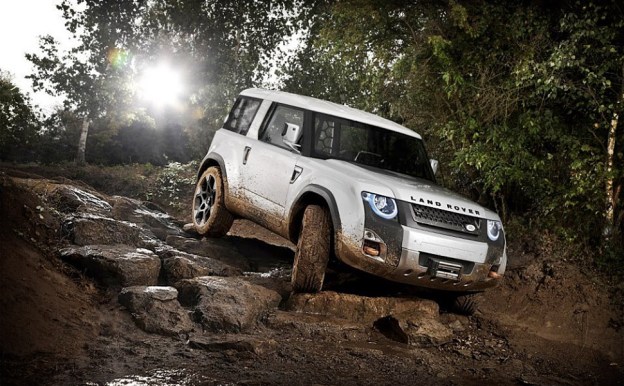
The 2011 Frankfurt Motor Show is just around the corner, and like many auto manufacturers, Land Rover is looking to make a splash with the unveiling of its latest creation, the Land Rover DC100. The newest member of the storied Land Rover Defender lineage, the DC100 aims to carve out a place for itself with an impressive new design that charges into the future, but retains the essential identity and character of the Defender brand.
Commenting on the Land Rover DC100 concept car, Gerry McGovern, Director of Design at Land Rover said, “Replacing the iconic Defender is one of the biggest challenges in the automotive design world; it is a car that inspires people worldwide. This isn’t a production-ready concept but the beginning of a four-year journey to design a relevant Defender for the 21st century.”

At the moment, the DC100 is purely that, a concept car. However, it has been confirmed that the production of a new Defender is intended for 2015. John Edwards, Global Brand Director, Land Rover added, “We plan to engage with existing and potential customers to help us finalize the details of the new vehicle. One thing’s for sure, it’s going to be an exciting journey, and we can’t wait to get going.”


